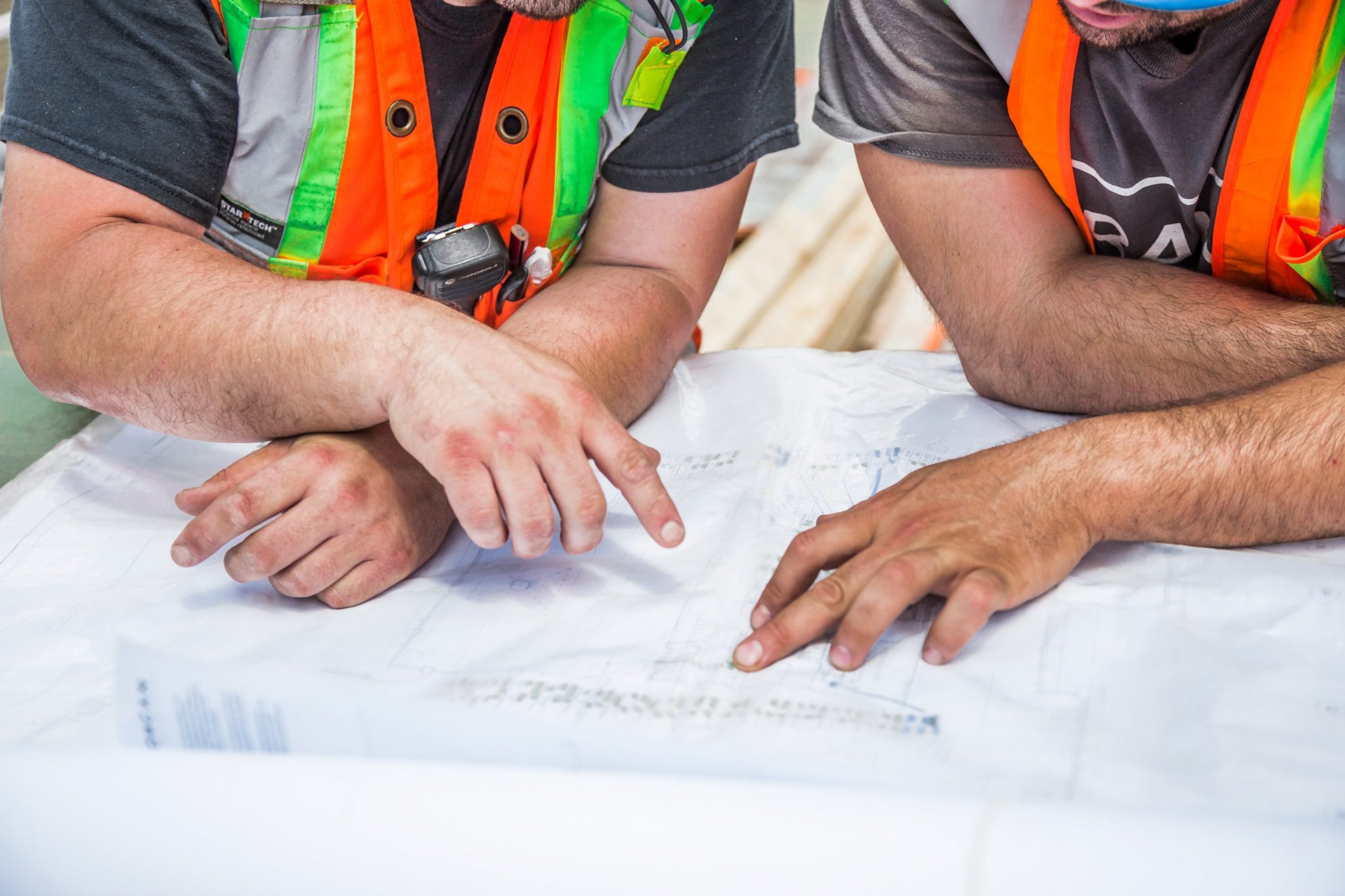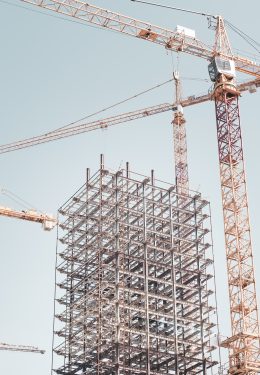Designing According to Code and Industry Standards
Proper fire sprinkler design is primarily the process of matching the fire hazard to the appropriate fire suppression system.? In the United States, the Standard for the installation of fire sprinklers is NFPA 13, the Standard for Installation of Sprinkler Systems.? Additionally, other design requirements such as Factory Mutual requirements may be required..
NFPA 13 is a very detailed Standard that provides requirements for the design, installation and fire suppression systems.? ?A few points to illustrate the importance of a proper fire suppression as it relates to fire and life safety.? Local amendments may also require consideration and additional requirements and lead to changes to the original design.? Due-diligence must be performed to avoid serious issues.
Performance of Fire Sprinklers
The performance of fire sprinklers is strongly dependent on two (2) factors.? First, it is necessary to have an appropriate pairing of fire hazards with the the suppression methods.? Second, its is important? to recognize that fire load of the building.? The fire load is the potential heat output from specific areas of the building.? This can help predict the potential severity of a fire in a space.? Fire load is something that fire protection designers do not control.? However, fire load can be assessed by the WWFSE team to help determine how fire sprinklers will probably perform.
When considering the performance of fire sprinklers, there should be:
- Hazard analysis for changes after initial design stage
- An analysis of Code compliance per referenced standards
There can be a few reasons a fire overwhelms the sprinkler system. It may be the fire mitigation was inadequate for the fire load.? It can also be that the selected protection was ineffective against the fire load or the type of fire.
Pairing Hazard with Mitigation
In the heart of fire suppression is appropriate pairing of fire hazard to the detection and suppression systems.
Basis of Design Documentation
It is imperative to document the design intent and limitations in as much detail as possible.? Operation and maintenance protocols for designed systems should be part of the basis of design.
Inspection and Acceptance Testing
Appropriate design and follow ups inspections are both very important.? All fire suppression systems must pass the Acceptance Testing prior to final approval.



